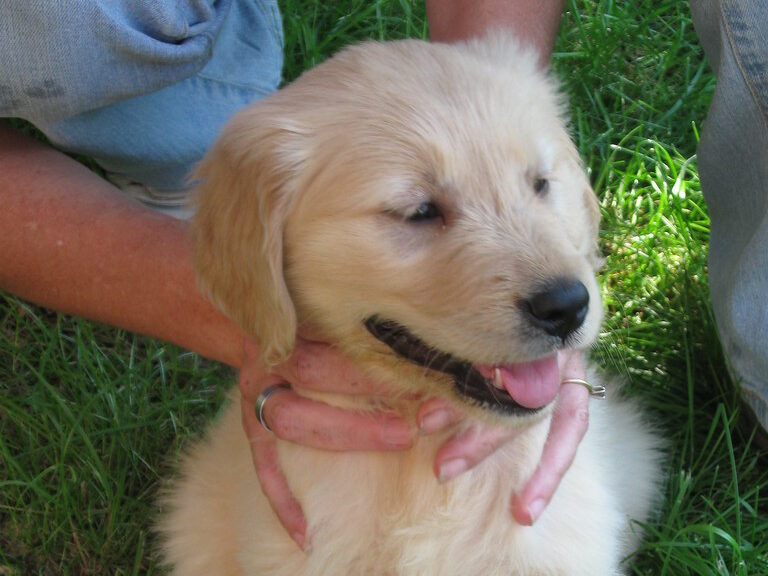10 Facts That Make The Coydog A Risky Companion
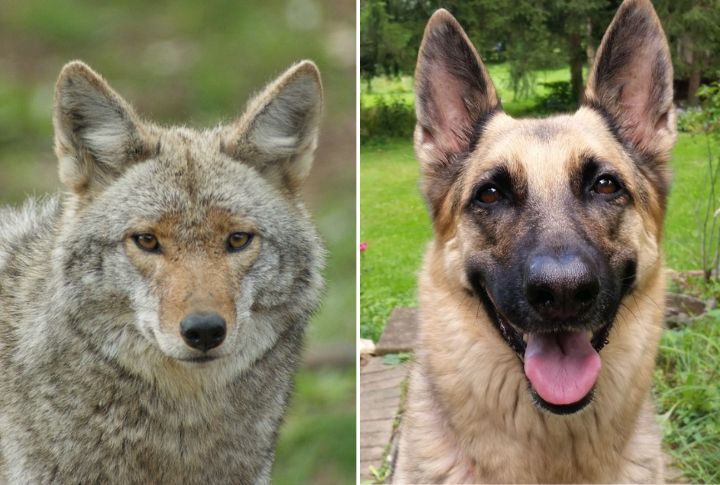
It’s a creature with the wild spirit of a coyote and the loyal heart of a dog—a living contradiction wrapped in fur and instinct. The coydog’s genetic mix creates more than just a unique look—it creates real challenges, too. So, before you think about adopting one, take a closer look at these 10 facts about the coydog breed.
Can’t Be Trusted Around Livestock

Ask any farmer who’s dealt with a coydog, and they’ll likely have a warning. These hybrids may seem tame, but many have chased or attacked livestock without provocation. That hunting drive doesn’t fade over time, which is why several rural communities view them as unpredictable neighbors.
Breeding Is Incredibly Difficult

Breeding a coydog is more about luck than science. Coyotes and dogs aren’t eager partners, and even when they do mate, the risks are high. Many litters fail. Those that survive are nature’s accidents—unexpected products of two worlds crossing paths at just the right, or wrong, time.
Not Fully Domesticated

Coydogs fall outside the boundaries of what most people expect from a pet. Straddling the line between wild and domestic, their behavior often shifts in ways training can’t fix. So, what starts as playful or manageable in puppyhood may evolve into something far less predictable as instincts take hold over time.
Illegal Or Restricted In Many States
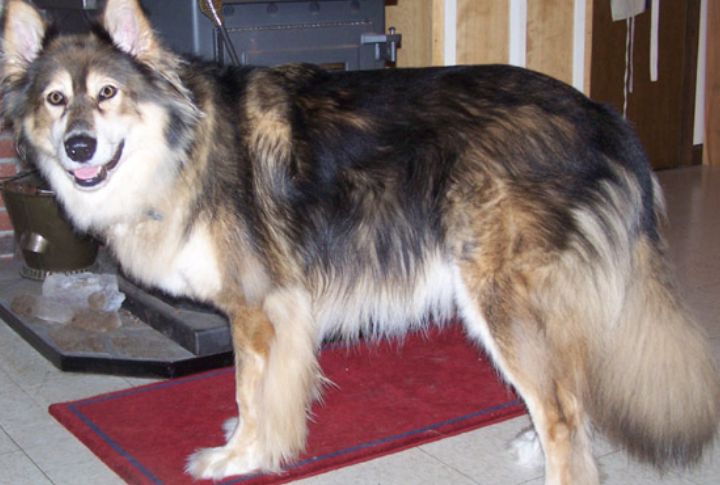
Before growing on the idea of having a coydog, check the laws. Few states completely ban them, while others treat them as wildlife and require special approval. Local ordinances can add even more rules. After all, such restrictions are rooted in real-world concerns.
Not Big On Attachment
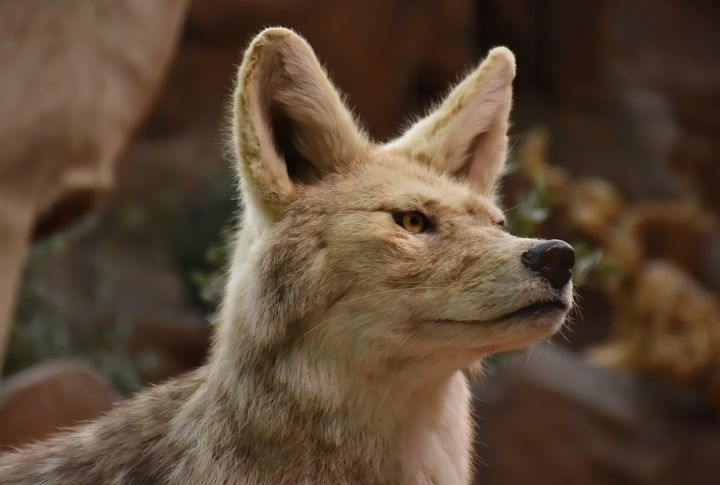
Some dogs thrive on attention, but coydogs tend to prefer personal space. They don’t bond quickly, and in many cases, they won’t bond deeply at all. And that meaningful stare you offer might not land the way you hope—it could come across more like tension than trust.
Behavior Shifts With The Seasons

It isn’t just the weather that changes. Come late winter, a lot of coydogs grow restless: roaming more, escaping more, and even acting out. These shifts trace back to hormonal surges from their coyote side, especially during mating season. Males and females alike become edgier, more territorial.
Escape Artists
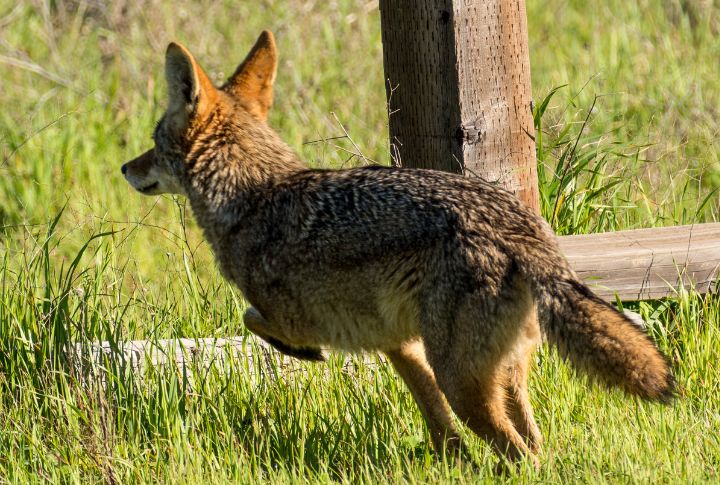
bPart brain, part escape artist, coydogs often figure out how to leap over tall fences or vanish underground. In remote areas, GPS trackers don’t always hold up once they’re off the grid. And if you do manage to catch them? Forcing a return can lead to sudden, aggressive pushback.
Energy Levels Are Hard To Handle
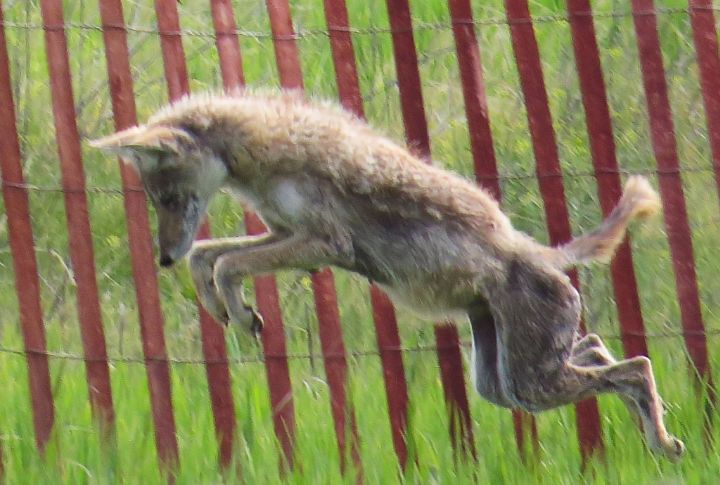
This isn’t typical puppy energy. Coydogs are driven by instincts that push them to stay alert and constantly on the move. When they don’t get enough stimulation, they find it themselves, usually in destructive ways like shredding walls or chasing things that aren’t there.
Puppies Can Be Wild
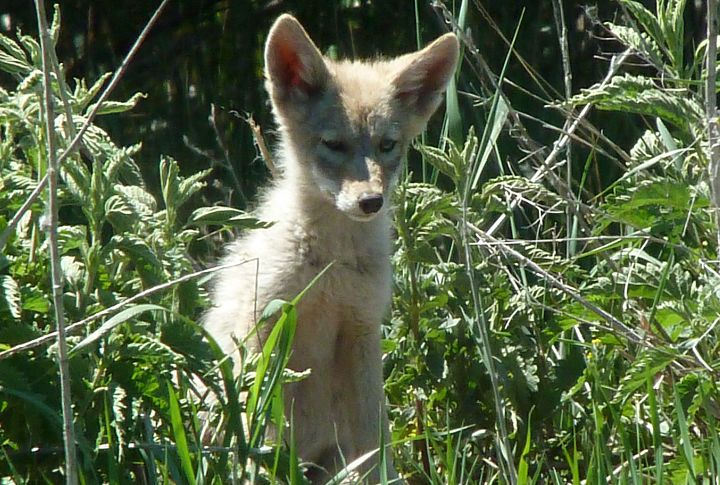
At just eight weeks, some coydogs begin stalking like they’re out in the wild. These hybrids don’t respond to fetch or belly rubs the way most pups do. That makes their behavior around other pets far from predictable, no matter how gentle the puppies seem.
Often Misdiagnosed By Vets
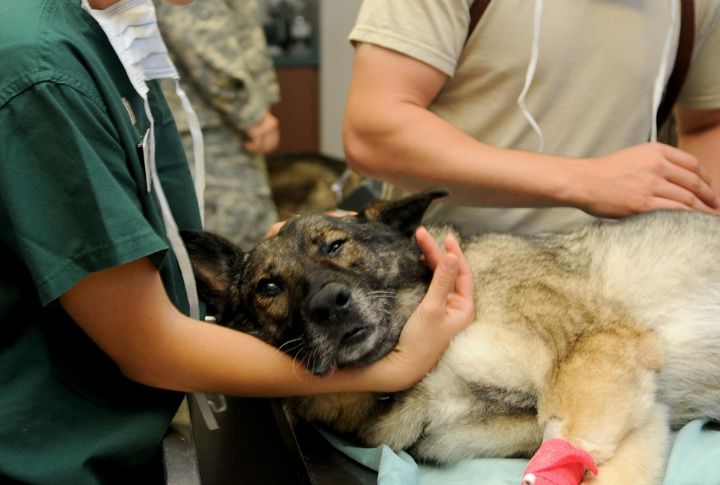
Treating a coydog isn’t always straightforward, and even experienced vets may hesitate. Clinics aren’t typically prepared for animals that blur species lines. Because of that, reactions to common treatments like anesthesia can be unpredictable, as their immune systems behave more like hybrids than either dog or coyote.



